Meeting Recap: Screening of George Daniels’ Lecture on the Co-Axial Escapement to the American Watchmakers-Clockmakers Institute (AWCI), 1990
Video recordings of lectures are available to members immediately (using your membership password), and the general public with a 2 month delay.
At the 30th Anniversary of the American Watchmakers Institute (AWI), later to be known as the American Watchmakers-Clockmakers Institute (AWCI), the audience was treated to a lecture from one of the legends in watchmaking, George Daniels. Henry B. Fried (former President of HSNY) introduced Daniels not only as the first recipient of the Henry B. Fried award, but also as “the man of the century”.
In 1990, Daniels volunteered to attend the AWI’s anniversary; he wanted to be there to give the lecture in honor of his friend, Henry Fried. As far as Daniels was concerned, Fried is “the dean of American horology”.
Within the lecture, Daniels’ humility, sense of humor, skill and artistic abilities are displayed throughout.
Here are few highlights from the lecture:
In 1967, Daniels was incensed on the attention given to the quartz watch and the quartz’s dependence on a battery, “…it’s the dedication and ambition of every battery to commit suicide as soon as possible”.
One of the reasons for making his watch was to re-establish the mechanical “…reputation to the public eye after the adulation of the quartz makers”.
Daniels took inspiration from a Bugatti motor clutch for the brake drum in his first watch. As Daniels stated, “…and when the remontoire goes off the flyer, it opens up and jams the shoes on the brake drum and maintains a steady speed”.
Daniels comes to terms with his shortcomings with regulation by stating that, “Regulating watches is a complex science.” And to his credit, he purchased hairsprings from Hamilton due to the challenge of making his own.
One of the surprises in the lecture was Daniels’ artistic abilities in presenting short films of animated cardboard cutouts of the lever escapement and détente escapement to illustrate oscillation/friction differences. Daniels’ goal was to make an escapement more adaptable to modern watches.
Then there was his experience in Switzerland when he showed his escapement to the Swiss. One of the criticisms Daniels had of the Swiss watch industry was “…it provoked the industry, and the Swiss industry, which is a very important industry, and it would be rather nice to provoke them to do something, think of some other way about their affairs and not just stay in business making watches for money and to hell with the development of it”.
Daniels concluded the lecture that was alluded to in the beginning of the lecture, “A good watch has historic, intellectual, technical, aesthetic, useful and amusing qualities.”
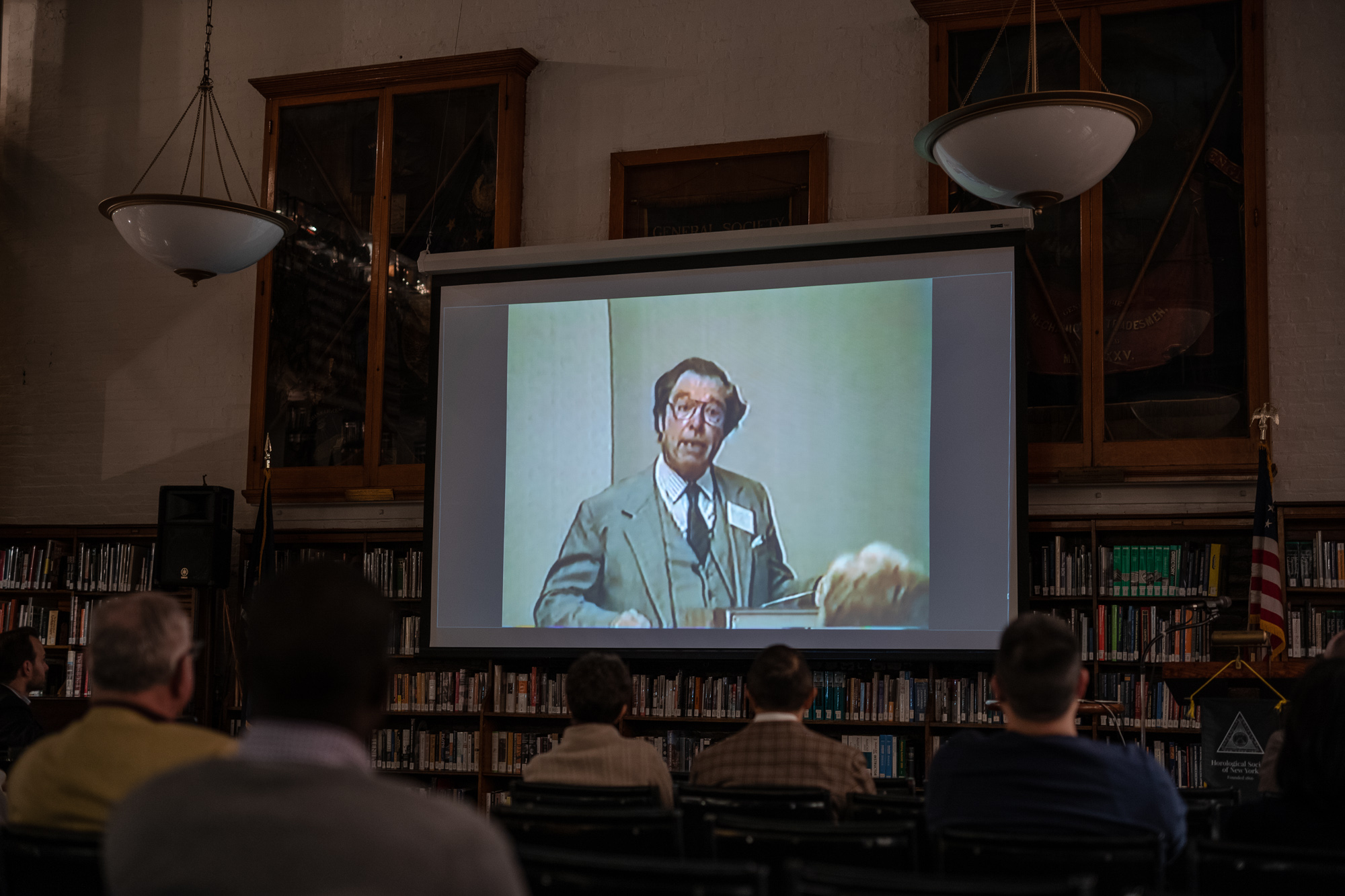
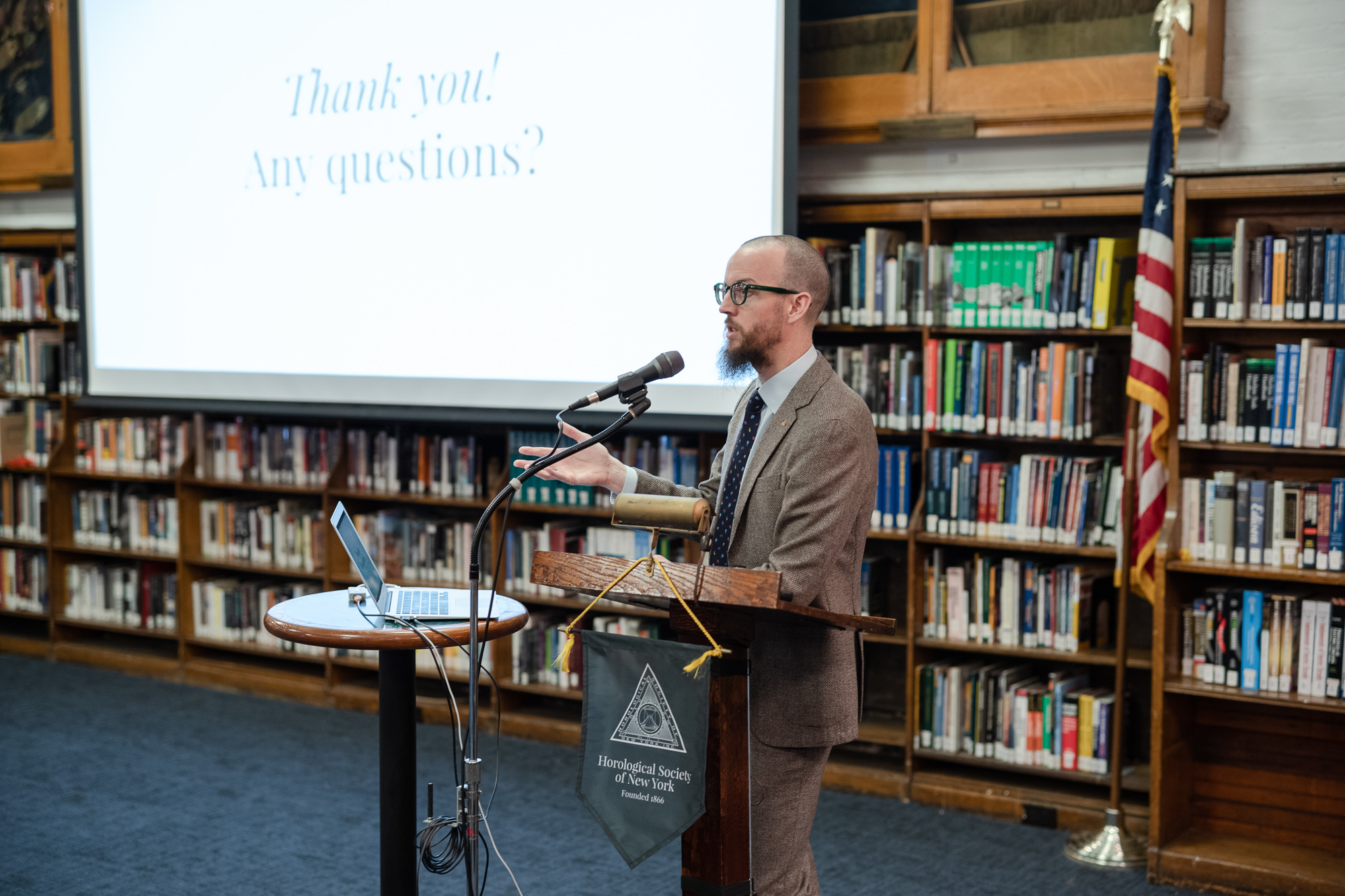
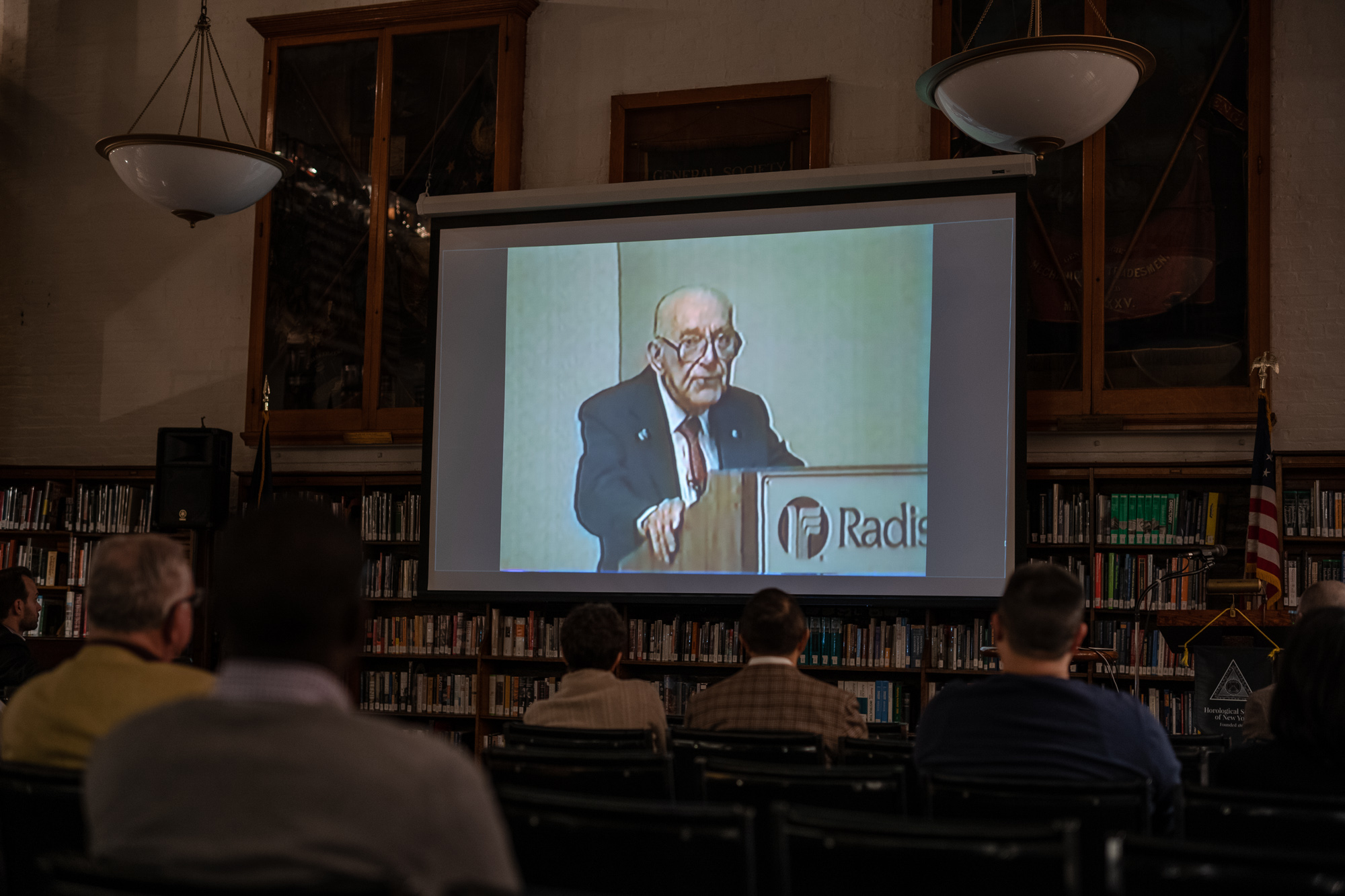
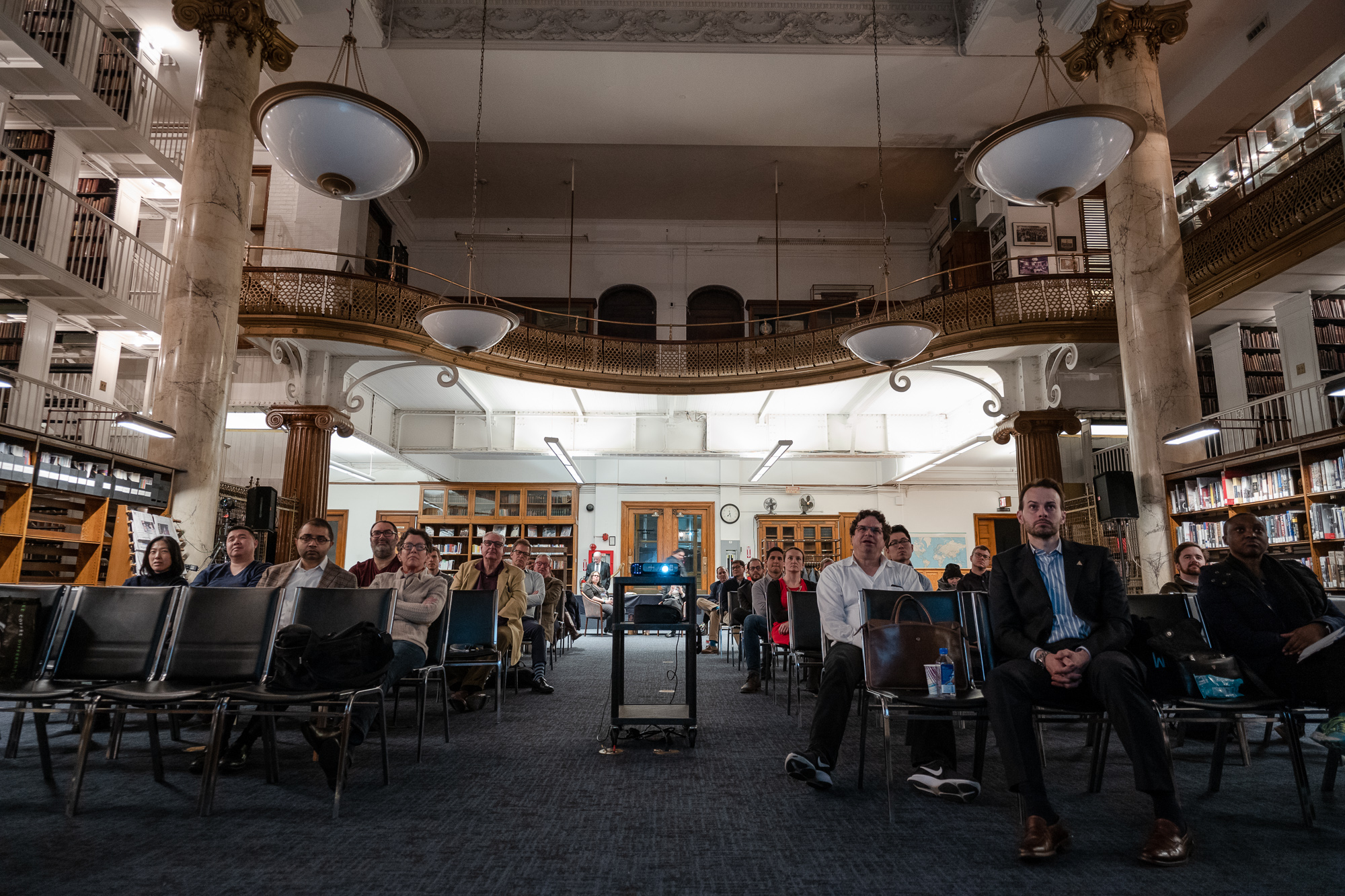
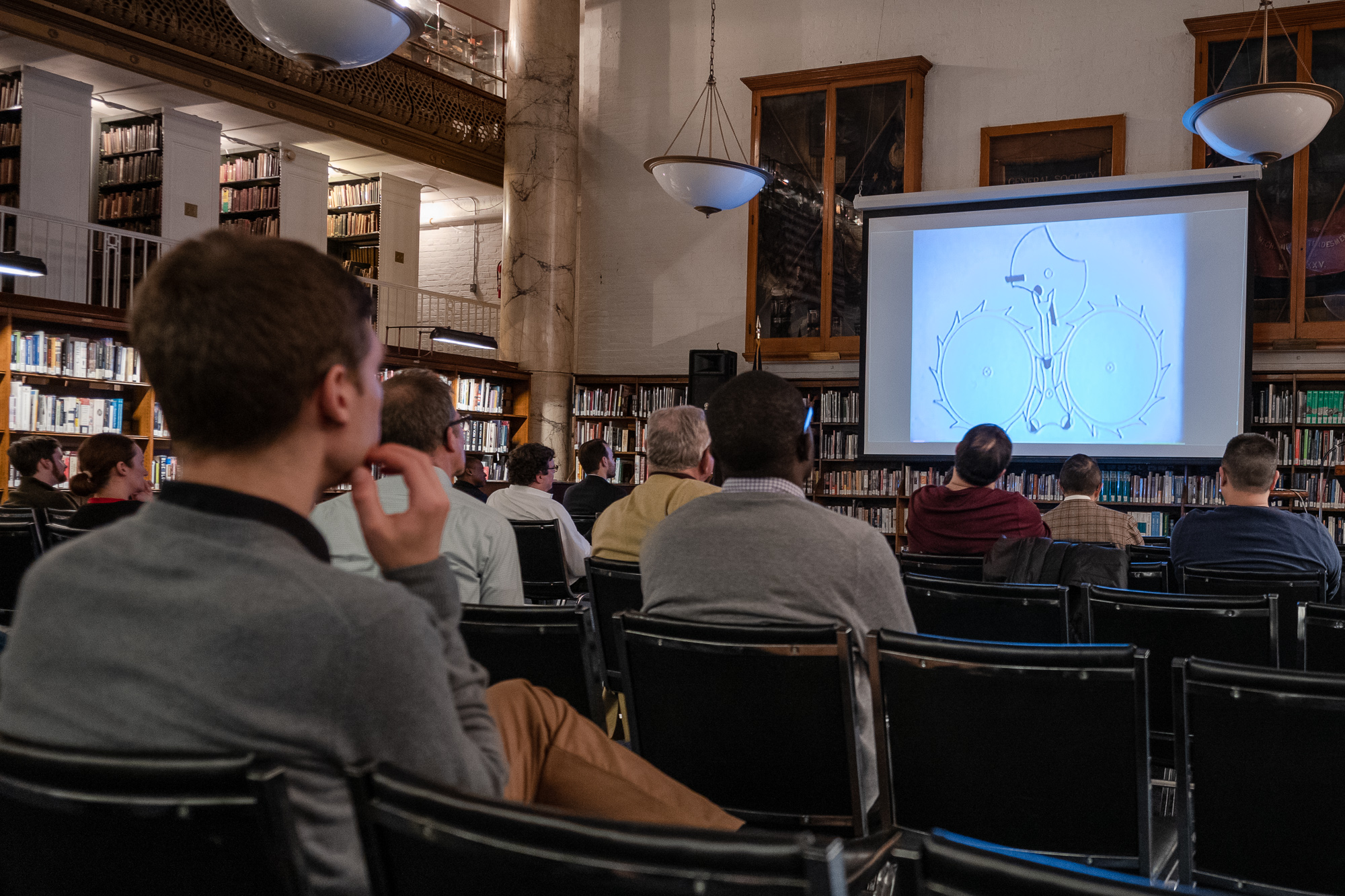
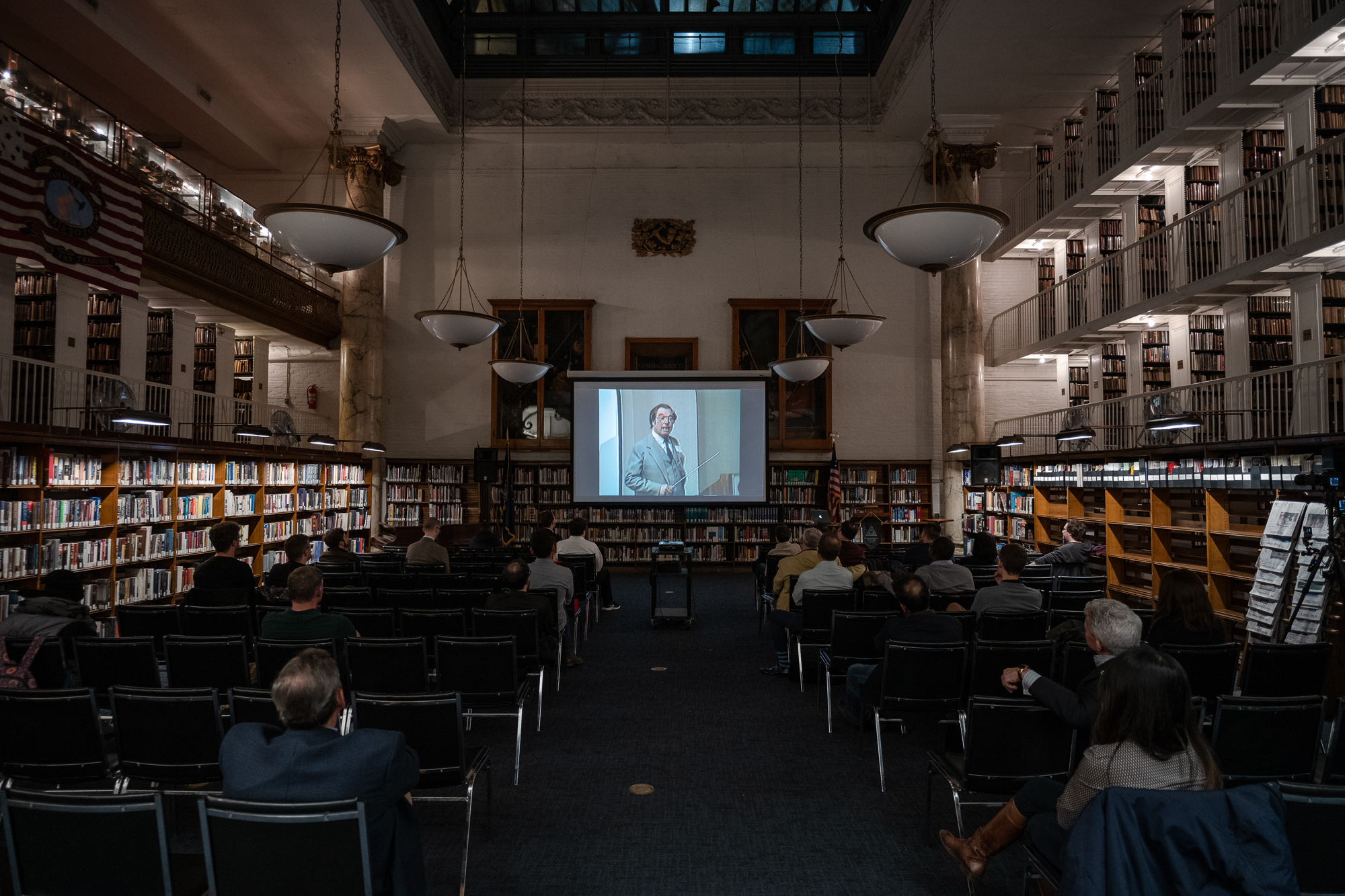
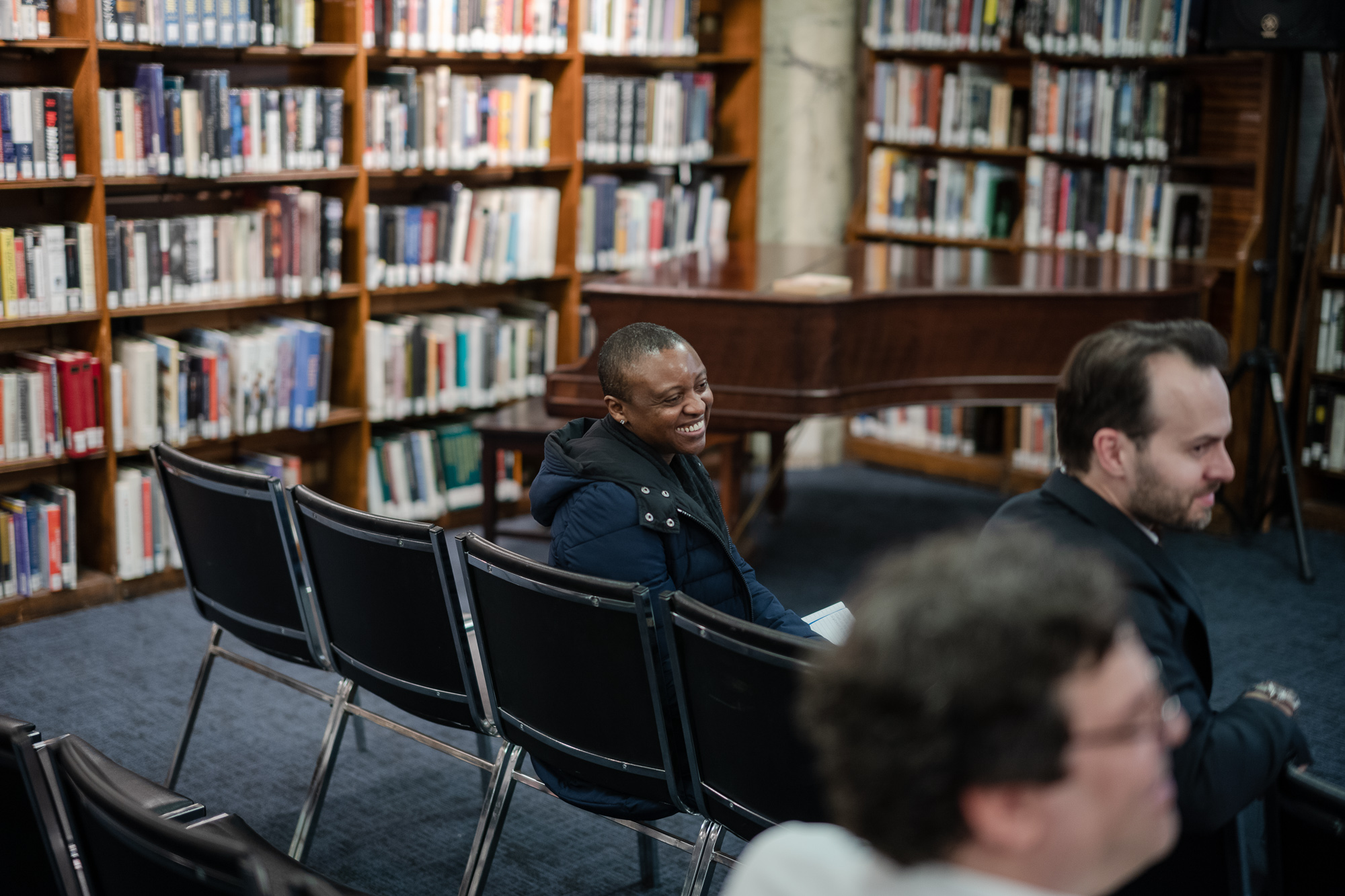

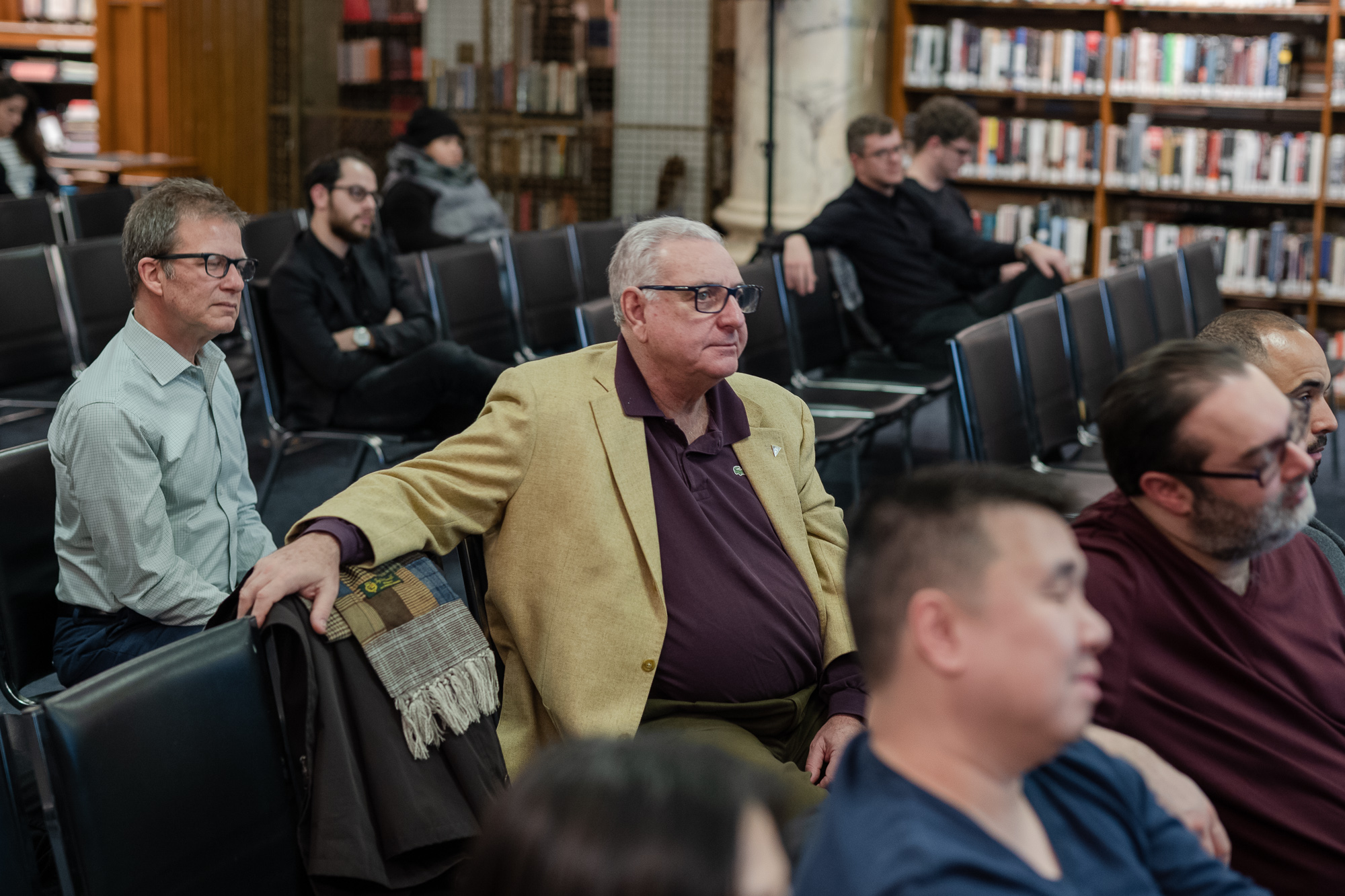
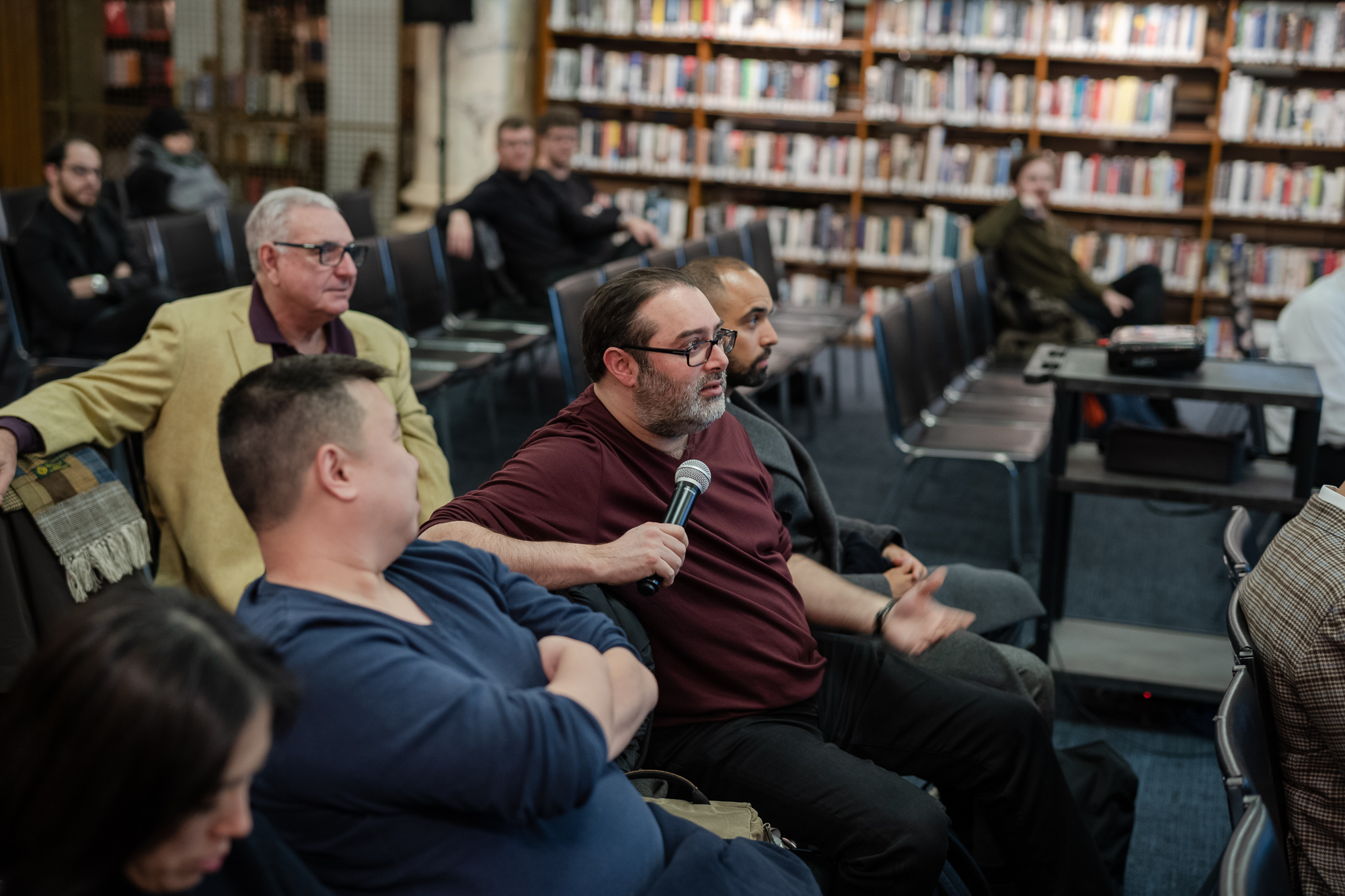
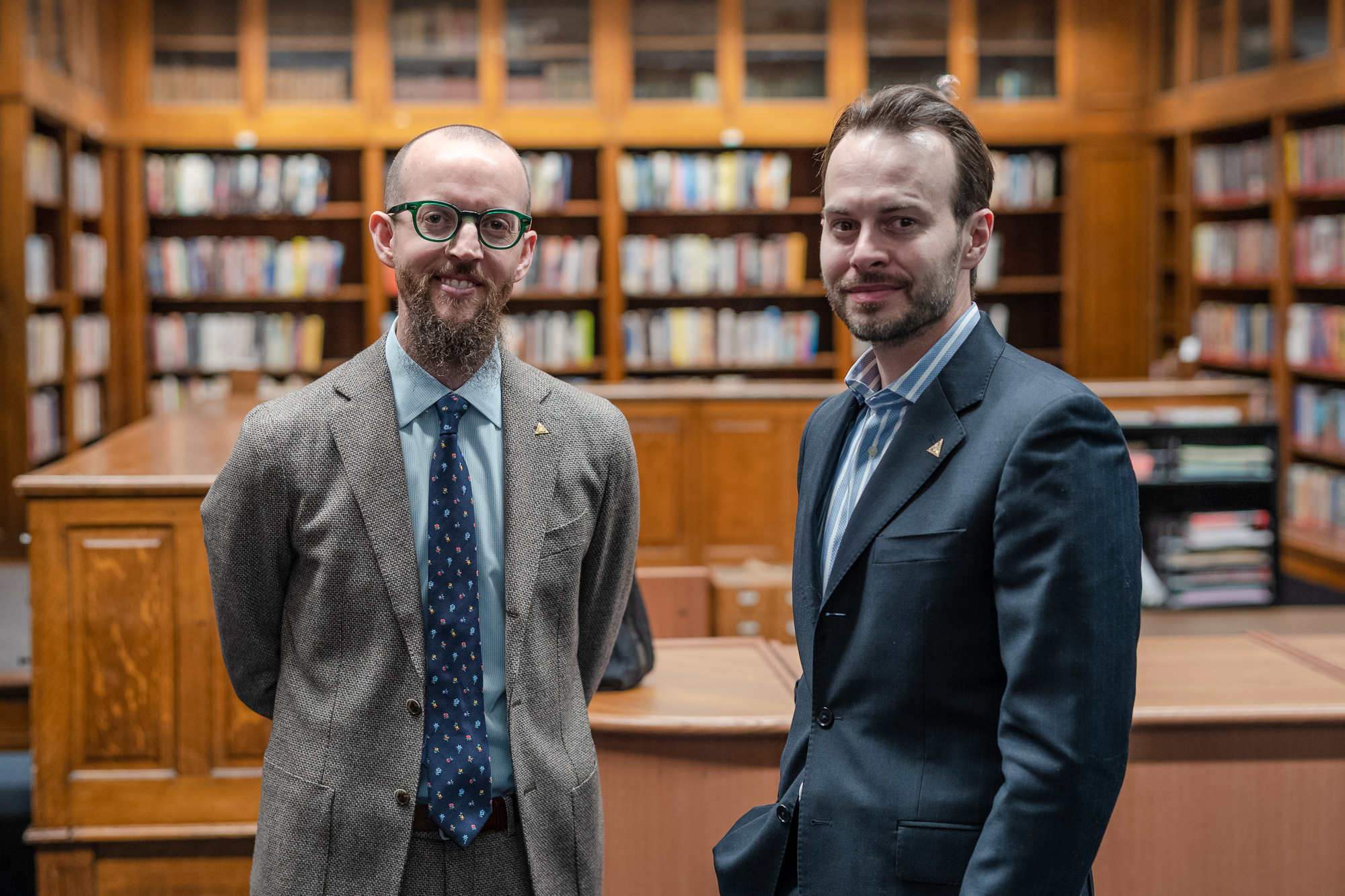
Photography by Atom Moore
Submitted by Melody Benloss, HSNY Librarian & Recording Secretary